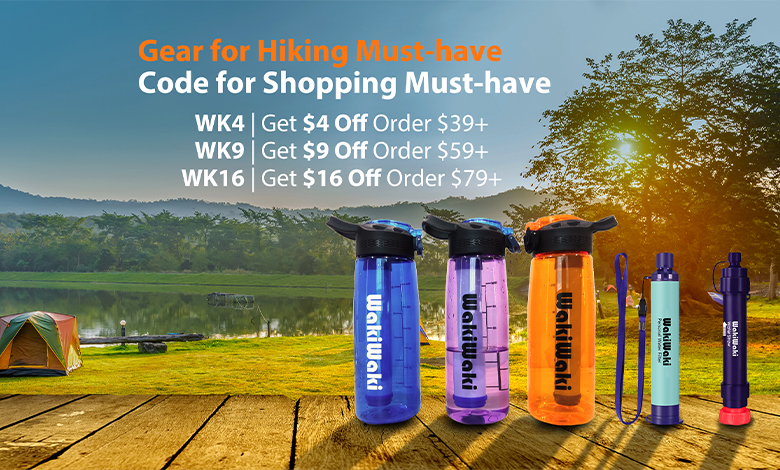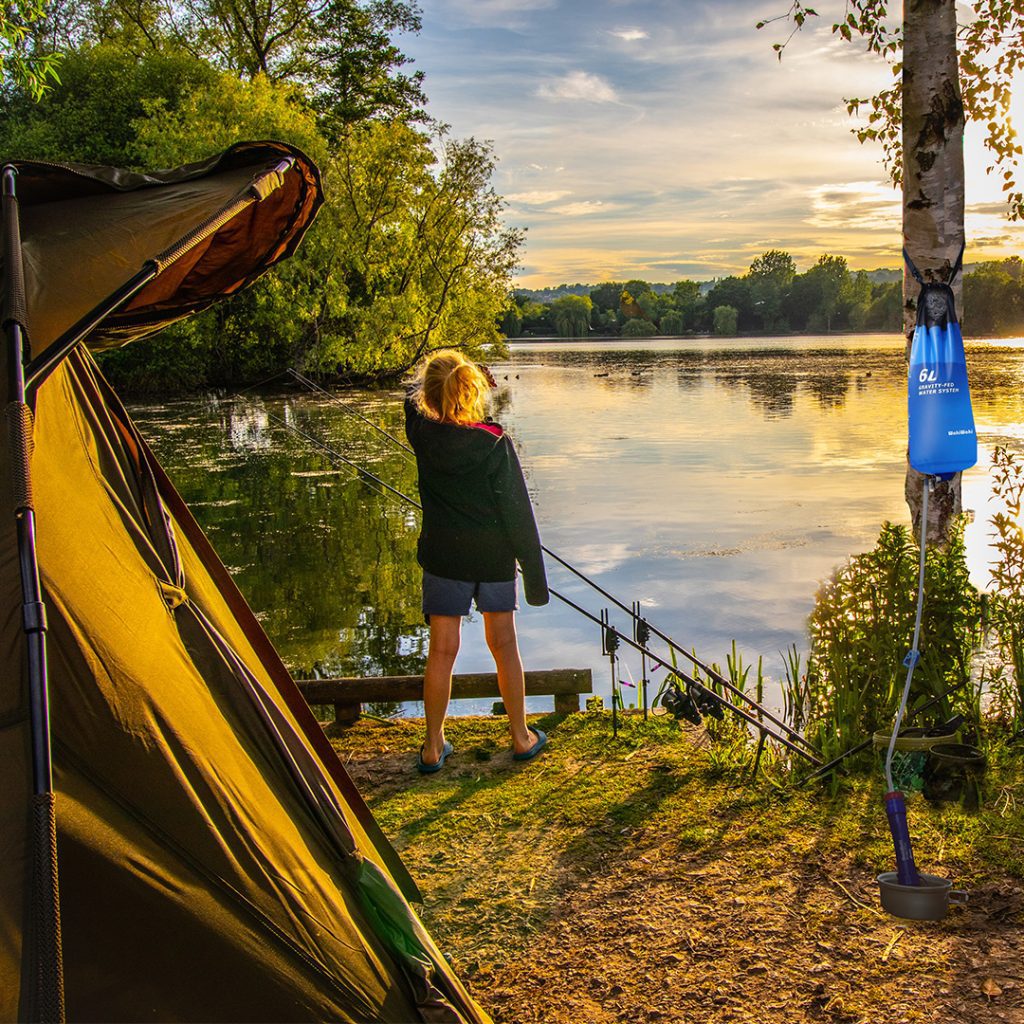10 Tips for Safe Outdoor Hiking

Outdoor hiking here generally refers to the one-day light hiking activities in non-park scenic spots, with a journey of 10-30 kilometers or even longer, and the time typically lasts more than five or six hours, or even more than ten hours.
Outdoor hiking in non-park scenic spots generally have no special safety and rescue measures, so participants need to make preparations in advance and be responsible for their safety.
01. Assess Your Physical Ability Properly
There is a big difference between mountaineering and running. The physical consumption and cardiopulmonary burden of mountaineering are greater than that of running. The heart rate may reach more than 180 times at a high load.
Make sure you do not have high blood pressure, heart disease, or low blood sugar, these hidden dangers, otherwise the mountain situation is challenging to deal with.
For those who do not often climb mountains, it is recommended to adapt gradually from easy to difficult.
02. Outdoor Hiking Route Selection
To participate in outdoor activities, you should choose the route according to your physical ability and experience, and understand the intensity level and difficulty coefficient of the route. Work your way up from the beginning.
When joining or taking a new route, you must study the route in advance. Don’t just leave your safety to the leaders and partners.
03. Assess the Weather
Refer to the weather forecast, there is no rain, snow, wind or other adverse conditions, is not change the weather will not travel, it is easier to go out of the sea of clouds after rain, snow can see thousands of miles of ice, equipment should be according to the weather to deal with.
What you need to know: For every 1,000 meters you rise above sea level, the temperature drops by 6 degrees, so it’s much colder at the top of the mountain.
In addition, the wind will have a serious wind chill effect. If the temperature of -10 degrees Celsius plus force 5 wind, the body temperature may be colder than -20 degrees. If the white hair wind blows on the top of the mountain above 2000 meters, the body temperature will be lower than -30 degrees, making it difficult to walk.
About 10 degrees of overcast and rainy weather is more likely to lead to imperceptible loss of temperature, more can not be careless.
04. Backpack and Equipment
Outdoor TRAVEL BACKPACK is an important outdoor safety measure, not a nuisance, travel must!!
When you slip when walking, the backpack can buffer to protect your safety, an outdoor hiking backpack is different from the ordinary backpack, generally having a shoulder belt and belt, like wearing on the body, according to the outdoor route and equipment to choose different sizes of the backpack.
The single-day backpack can choose 18L-40L, generally consider water (gravity filter bag), food, clothing, a first aid kit, tinder, knives, ropes, an insulation blanket, etc. The principle of outdoor equipment is to guarantee a safe return, even if there is an accident, to have a suitable surplus to last until the next day.
Daily equipment: emergency clothing, hiking poles, knee pads, spare warm clothes, headlamps, handstands, garbage bags, bandages, etc.
Summer must-have: Outdoor raincoat
Necessary winter equipment: windproof head (hat),
05. Clothing Selection
Clothing is the main material for outdoor warmth and life-saving. Outdoor clothes are generally dressed according to the principle of quick drying of the inner layer, warm middle layer, and windproof outer layer.
Personal clothing must not wear cotton, sweating is not easy to dry, and cold after the wind is easy to cause hypothermia.
High-quality three-in-one clothing is practical and can be worn as a single layer in spring and summer, and as a double layer in autumn and winter. However, the waterproof problem is not big for a short time. If the rain lasts for several hours, it will generally penetrate, so the raincoat needs to be matched alone.
Spring, summer, and autumn all need sunshade hats, on the one hand, on the other hand, can prevent branches from shaving the face.
In winter, if you are challenging the cold weather, you need thicker down jackets, windproof and warm hats (to protect your ears), masks, and gloves.
In addition, with the low temperature in winter, mobile phones are easy to freeze off, so, mobile phones to keep warm inner pockets, it is best to have a spare mobile phone.
06. Outdoor Hiking Shoes
Hiking depends on the feet, and well-fitting hiking shoes are the key to walking.
Outdoor road conditions are complex, mostly gravel roads refused to travel shoes! No regular sneakers!
Just like off-road tires versus road tires, hiking shoes have deeper teeth and stiffer soles than regular sneakers, providing much better anti-skid function on rocky roads and rainy days.
Beginners can choose middle-help shoes, which can better protect the ankle, and reduce ankle sprain.
Note: Hiking shoes should be one to one and a half sizes larger than ordinary sneakers. They will not fit properly or be too tight. They will tip their toes when going downhill.
07. Food、Water and Supplies
Walking outdoors consumes a lot of energy, and people need to carry conveniently cooked food according to their appetite. There should be a surplus of food or water, especially water, in case of an unexpected delay down the hill.
- Food: Road meals (with USB heated lunch box), sugar or chocolate (for low blood sugar), compressed biscuits, Snickers bars, and other energy supplements.
- Water and drink: water consumption is very large, the minimum standard is 1.5 hours 1 bottle (500ml) equipped, in addition to excessive sweating needs to be equipped with energy drinks or salt pills to replenish electrolytes, lack of electrolytes is easy to cramp, it is best to carry a gravity filter bag for hiking or personal water filter.
- Mountain non-melon peel fruit shell garbage must be put into garbage bags to take away, do a civilized household outsiders, do not stay in the mountains to pollute the environment, dropped plastic waste is difficult to degrade.
08. Learn Trajectory Navigation
Getting lost is one of the biggest outdoor problems. Most accidents are caused by getting lost.
GPS smartphones everyone has, remote mountain mobile phones generally have no signal, but a GPS satellite signal must be able to receive it. Learn to follow the track of the software outside the user, download the track and area offline map before travel, convenient to find the way.
Try to refer to more than one mature track for the same route. Some of them may be exploratory tracks, which may not be successful. Referring to more than one track can avoid walking into remote routes.
Some routes go on the road, may be wrong, return to the track in time, and follow the track.
09. Avoid Dangerous Areas
Mountains and cliffs can give spectacular views or cause death.
Avoid a group of people walking on the edge of a cliff, stagger in advance, or keep a safe distance. If the distance is too close, one person may slip or step on a falling rock, which could cause injury or death to others.
Rainy days away from river valleys and streams, prone to flash floods, after the rain to avoid.
10. Unexpected Response
The most common outdoor hiking accidents are slipping, getting lost, and hypothermia.
When walking on cliffs or dangerous roads, try to use all limbs to reduce the possibility of falling. When climbing or climbing, try to wear a helmet to prevent falling rocks.
- If you are lost or injured or trapped, call a partner as soon as possible to find the correct route.
- If it is a self-planned route, getting lost away from the track is the main reason for getting stuck. Don’t be forced to go, the best thing to do is to return to the visible track and find the route again.
- Even if you get lost and trapped and have extra clothing, power, and food, and the temperature isn’t too cold, you can still make it to the next day.
- Do not often walk outdoors, mountain road sprained feet are common, and simple bandage treatment timely withdrawal, and exercise to make their ankle muscles strong can avoid sprained feet, often walking outdoors is not easy to sprain feet.
- On rainy days, wear a raincoat in time to keep the body dry and avoid wet clothes.
- Cramps often occur outdoors, timely electrolytes, rest, and stretching can be done.
- A fall or slip causes difficulty in moving. There is no other option but to call a teammate or rescue.






